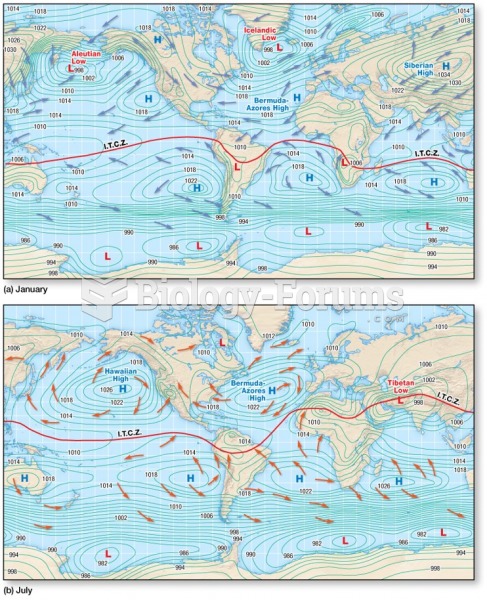Answer to Question 1
ANS: A
A variety of errors in identification, statement structure, and statement content may occur when formulating nursing diagnoses. These include clustering unrelated data, accepting erroneous data, using medical diagnoses as related factors in the nursing diagnostic statement, missing the true underlying etiology of a problem, and identifying multiple nursing diagnosis labels in one nursing diagnostic statement. Clustering unrelated data most often occurs when the nurse has not completed a thorough review of the patient's assessment information or is missing important data. The nurse assumes the patient is not taking the blood pressure medication because of the cost and chooses the diagnosis of noncompliance. The nurse fails to ask the patient if the medication is being taken as ordered. Errors in data collection (e.g., omitting key information) or an incomplete understanding or knowledge of assessment techniques or a patient's condition may lead to the inclusion of erroneous data in a nursing diagnostic statement. When writing nursing diagnoses, the nurse should avoid inclusion of more than one label in the statement. Regardless of the type of nursing diagnosis being written, only one label should be used in each statement. The nurse does not commit this error here. Noncompliance is not a medical diagnosis.
Answer to Question 2
ANS: D
Clustering involves organizing patient assessment data into groupings with similar underlying causes. One patient may have several problems simultaneously, requiring the nurse to understand the potential relatedness of signs and symptoms from various body systems. The nurse combines an understanding of pathophysiology, normal structure and function, disease processes, and symptomatology to accurately cluster data. A person who has not had a bowel movement may experience weight gain. Skin, nails, and hair are components of the integumentary system. The subjective feelings of tired and cold are related and prolonged menstruation, as part of the reproductive system, is in a group by itself.







